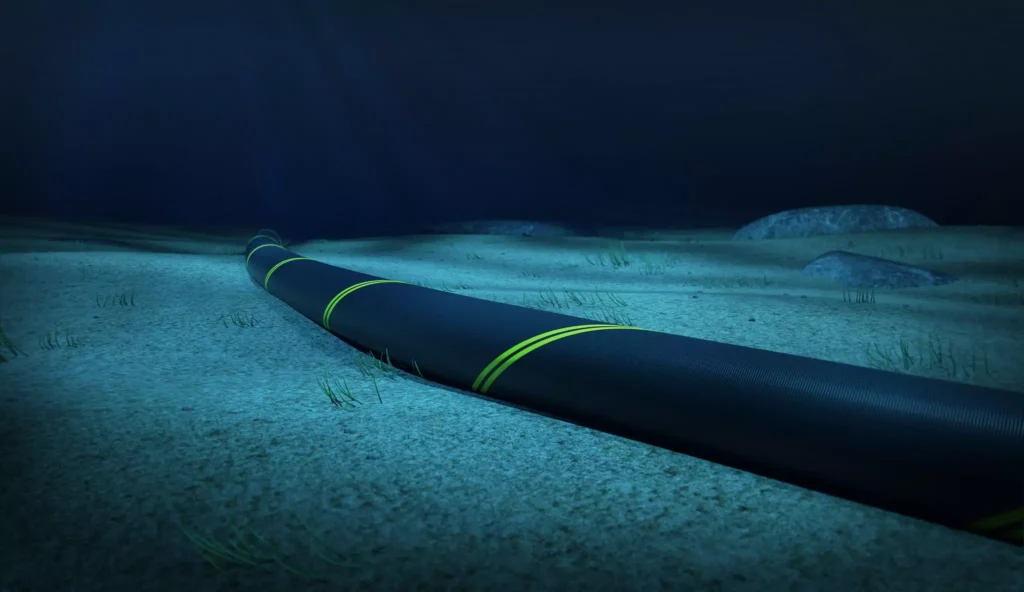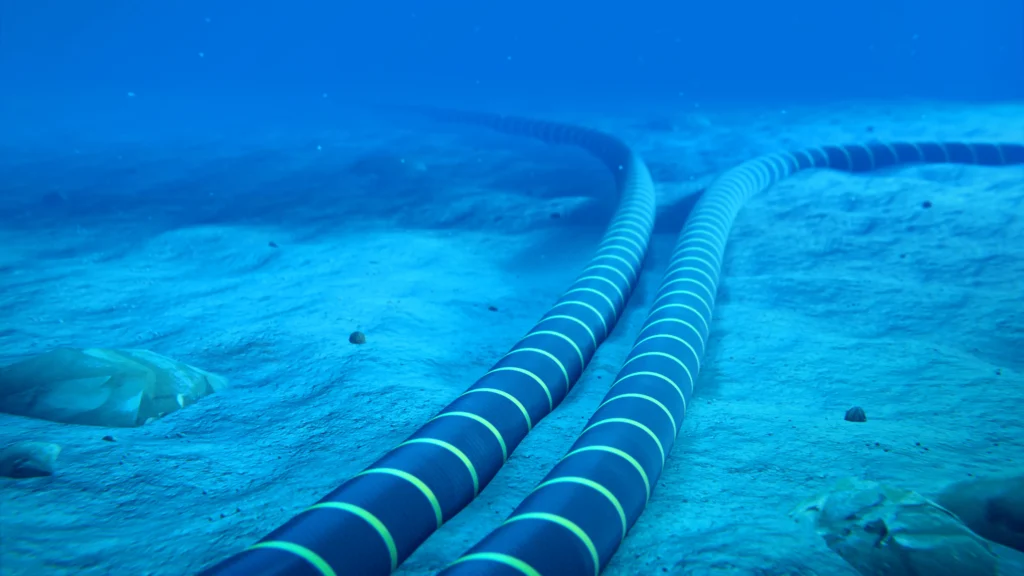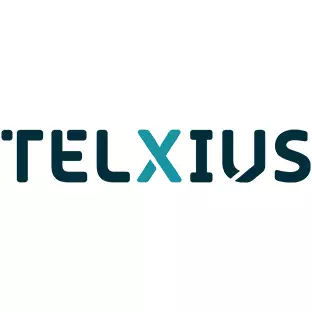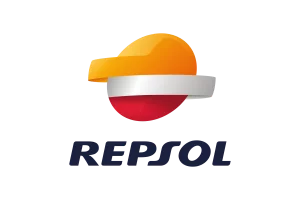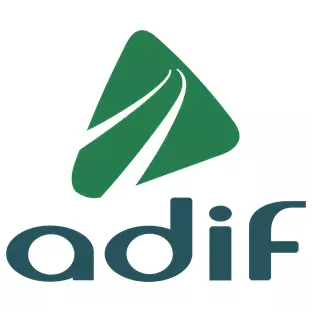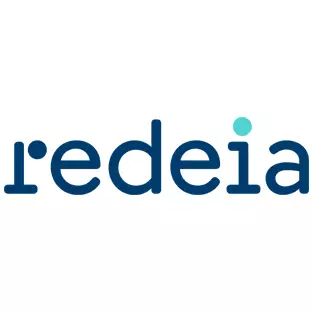Innovation
Let’s innovate together
Embark on a journey that will captivate you and push the boundaries of what is possible when creativity and precision engineering come together to produce innovative technological solutions. We invite you to explore our Innovation section to learn how we are constantly redefining the technological landscape, from innovations in distributed sensing to breakthroughs in photonics.
At Aragon Photonics, we actively promote change rather than merely accepting it. Come along with us as we push the boundaries, create partnerships that will propel the field of photonics forward, and investigate uncharted territory. We extend an invitation to forward-thinking businesses to collaborate with us on innovative projects that will shape the future. Together, let’s expand the realm of the possible and develop cutting-edge technological solutions that will shape the future. Discover our most notable projects that will influence the future – welcome to Aragon Photonics’ forefront!
Innovation Projects
Industrial partners
Our industrial partners play a vital role in our company’s growth, sharing values of quality and commitment. Discover how our partnerships strengthen our ability to deliver cutting-edge solutions and meet changing market demands.
Technological partners
Our technology partners represent innovation and excellence in their respective fields. Together, we move into the future, integrating the latest technologies to deliver leading-edge solutions that transform the business landscape. Discover how these partnerships drive our commitment to technology excellence.
 ES
ES

